Vittorio Matteo Corcos (Livorno 1859- Florence 1933), Painted fan, 1880-1885 circa.
Oil on silk, cm.
Signed “V. Corcos” lower left.
The fan, made of ivory-colored silk satin, probably dates back to Corcos’s Parisian period. Having moved to the city in 1880, the painter entered the circle of artists of the merchant Goupil, who commissioned him, among other works, to decorate some fans.
The rigid base, the baraja, is probably made of a bone-like material and held together by a mother-of-pearl button. The painted flag depicts a woman sitting on a decidedly stylized flowering branch. The scene is probably set in a cold season; in fact, the lady is wearing a sort of cloche, long gloves and a fur coat, perhaps mink. In her hands she holds a bouquet of flowers while she smiles candidly at the viewer. The artist chooses a uniform winter palette, composed of milky whites and shades of blue, which blends perfectly with the whiteness of the fabric.
BIOGRAPHY
Vittorio Matteo Corcos was born in Livorno in 1859 to Jewish parents. Showing an aptitude for drawing, he enrolled at the Academy of Fine Arts in Florence, under the guidance of his fellow countryman Enrico Pollastrini.
Despite the realist trend that the art institutions of the time were taking, the young Corcos encountered a reluctance on the part of the teaching staff towards a more direct depiction of the “real”. Disillusioned by the academic environment, while still a student he undertook a trip to Naples where he found an approach more in tune with his artistic tendencies in the painter Domenico Morelli.
Dating back to this period are Arab in Prayer, an orientalist painting purchased by King Francis II and now preserved at the Museum of Capodimonte, and The Executioner, remembered by Targioni Tozzetti (1929) as "(…) evidently inspired by Ribera". In 1880, two years after his arrival in the city of Naples and at the suggestion of his master, he moved to Paris; here he joined the circle of artists that gravitated around the art dealer Goupil and met Giovanni Boldini and De Nittis. At the same time he frequented the studio of the portraitist of the Parisian upper middle class, Léon Bonnat. At the Salon of 1881 the painter presented a large-scale painting with a Parisian subject, À la brasserie, obtaining considerable success, then repeated at the Salon of the following year with Rêverie, Lune de miel, L'anniversaire and at that of 1885 with a large Portrait of a Lady, highly praised by critics. From this moment on, he earned the nickname "peintre des jolies femmes": like his colleague and friend Boldini, he became one of the favorite artists of the Parisian social scene and especially of noblewomen, dedicating himself to graceful themes particularly requested by Goupil's clientele as in Les papillons and L'amateur des estampes.
In 1886, Corcos returned to his hometown to carry out his military service and then participated in the Livorno Exhibition, where Macchiaioli and painters from all over Italy were present.
The following year, after converting to Catholicism, he married Emma Ciabatti and settled in Florence, which he would leave only occasionally for business trips to London and Paris, and where he established himself as a highly skilled and sought-after portraitist.
At the Florence Exhibition of 1896, which brought together Fattori, Signorini, Borrani, Cabianca and Nomellini but also Monet, Gérôme, Puvis de Chavannes, Burne-Jones and Alma-Tadema, the painting Sogni (Dreams), now at the GAM in Rome, caused a sensation. The young woman, daughter of her writer friend Augusto Vecchi, is portrayed sitting with her legs crossed while looking the viewer in the eye: a pose judged too uninhibited and even inappropriate for the morality of the time. Corcos' works became the bond through which the image of the Belle Époque woman, more emancipated than her predecessor, spread. Ugo Ojetti wrote in the Corriere della Sera in 1933: " (…) Who doesn't know the painting of Vittorio Corcos? Attentive, polished, meticulous, optimistic: women and men as they wish to be, not as they are".
In addition to being the author of a famous portrait of Giovanni Carducci, a frequenter of his wife's literary salon, the artist was commissioned by the municipality of Livorno to paint a Portrait of Garibaldi as well as a series of canvases depicting important contemporaries such as Giacomo Puccini.
In 1913 he donated a Self-Portrait for the Uffizi Portrait Gallery.
During his brilliant career he also received royal commissions, including the official portrait of Carlos and Amalia of Portugal (1904), that of Emperor Wilhelm II with Empress Augusta Victoria (1904), and Queen Margherita in 1922. Among his last official commissions was also a portrait of Benito Mussolini. He died in Florence in 1933.






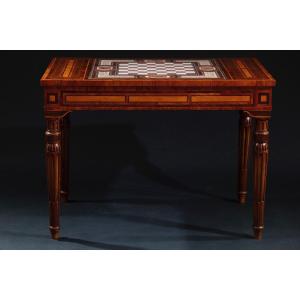

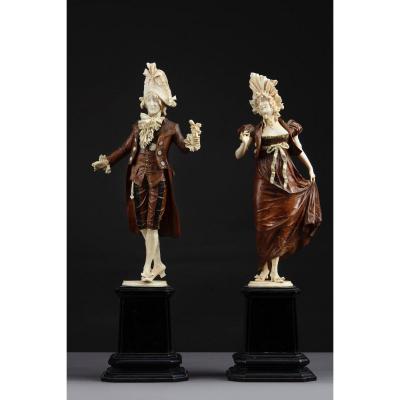
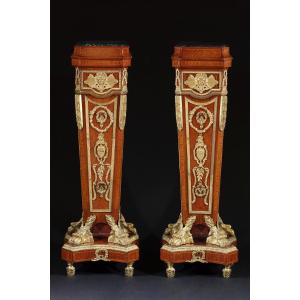



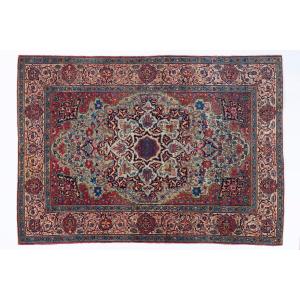








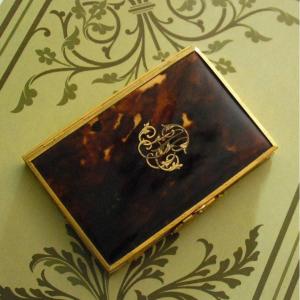

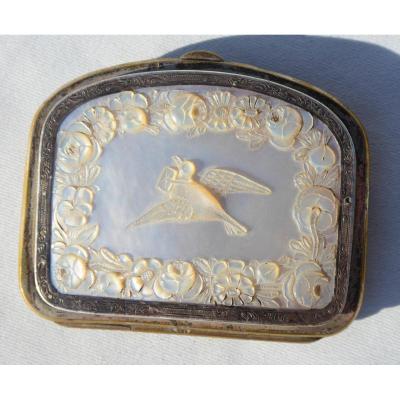



 Le Magazine de PROANTIC
Le Magazine de PROANTIC TRÉSORS Magazine
TRÉSORS Magazine Rivista Artiquariato
Rivista Artiquariato